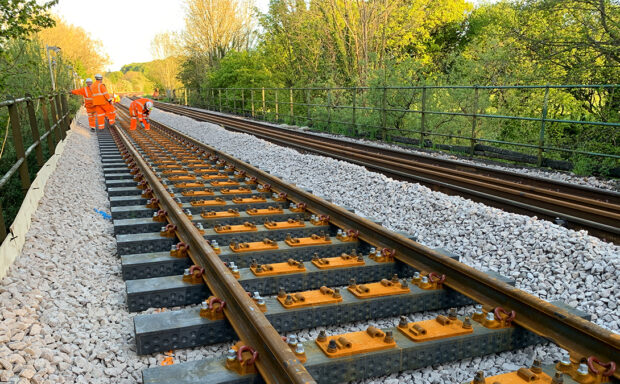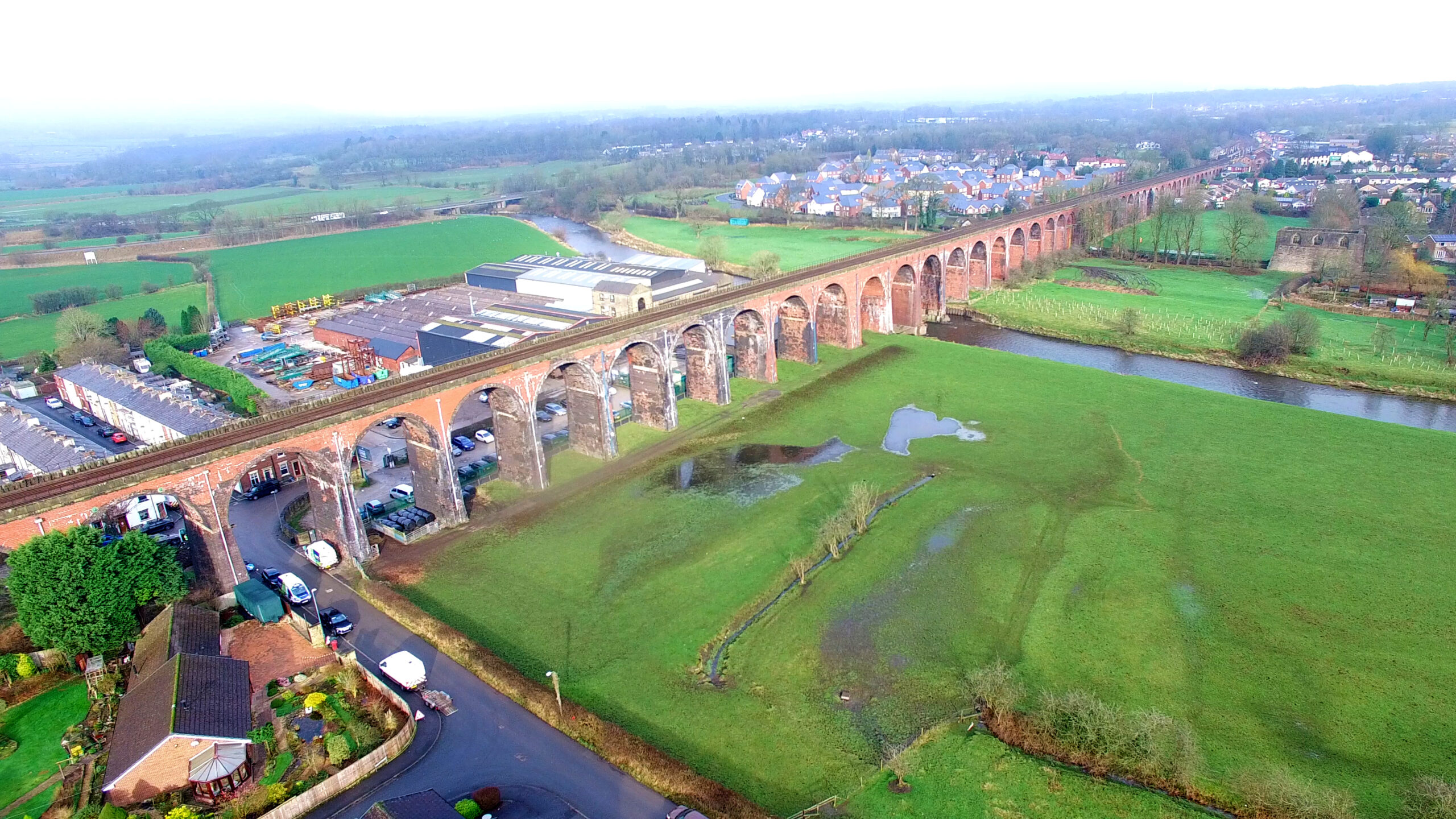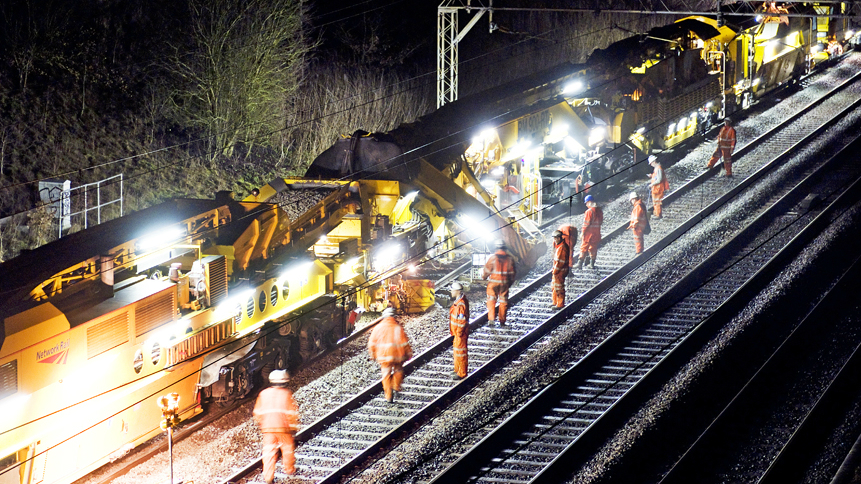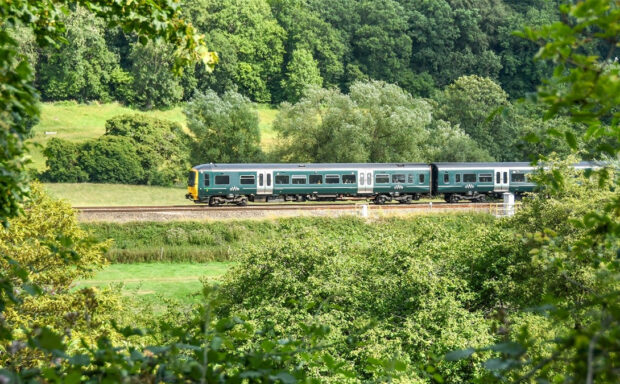Florence Nightingale – a pioneering nurse with links to revolutionary engineer Isambard Kingdom Brunel – was born 200 years ago today.
Nightingale is famous for her ground-breaking work in dramatically improving healthcare in Victorian times, but did you know Brunel had a significant role to play in her progress?
Nightingale had reported horrendous conditions for injured British troops at Scutari Barracks in Turkey. A hospital at the barracks was only accessible by sea and up steep, winding slopes, and it lacked a proper water supply and drainage, according to L.T.C. Rolt’s ‘Isambard Kingdom Brunel – Engineer, visionary and magnetic personality, he transformed the face of England’.
Once inside, the injured faced further danger – Rolt said that for every soldier who died from his wounds, three would die from disease.
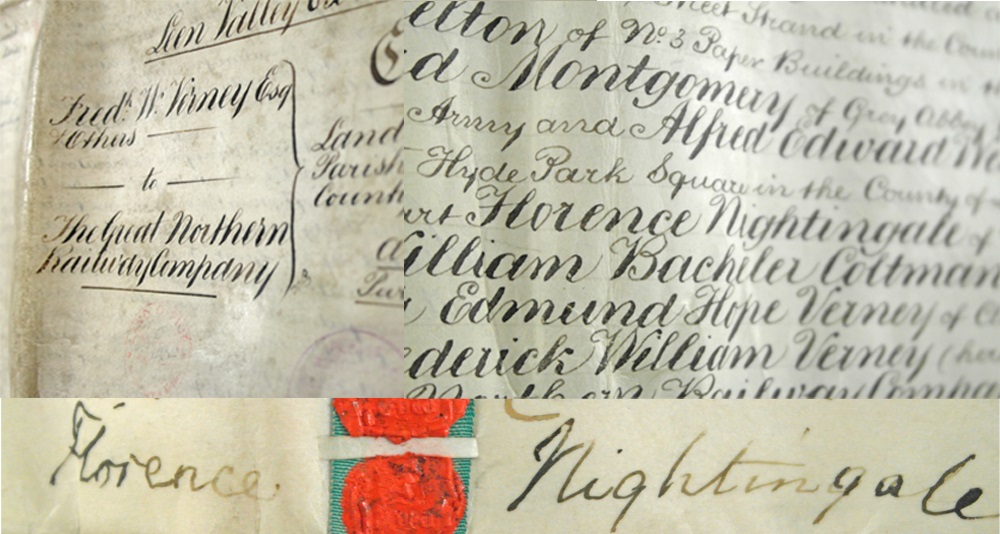
Brunel steps in
Nightingale’s reports prompted the government to act. In 1855, Brunel’s brother-in-law, Sir Benjamin Hawes, Permanent Under-Secretary to the War Office, asked him to design and construct a better hospital for use in the Crimean War.
The brief was for a facility that could be built fast in England and shipped to the Crimea. Brunel replied: “[T]his is a matter in which I think I ought to be able to be useful and therefore I need hardly say that my time and my best exertions without any limitations are entirely at the service of the Government.’
The initial plan was to design a prefabricated hospital with 1,000 beds. Each unit would consist of two wards – each for 24 patients – and would be self-contained with its own toilets and nurses’ room.
Each patient would have 1,000 cubic feet of air space and there would be one large ventilator fan and drainage system for each unit.
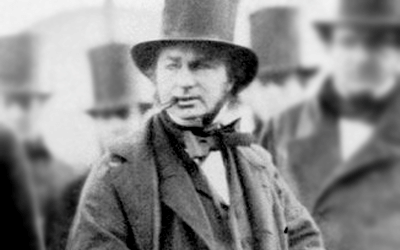
Brunel also designed new baths and wash basins from scratch. In addition to the wards, he designed surgery, dispensary and officers’ rooms made from wood, and a kitchen, laundry and bakery made of metal.
The new hospital was Renkioi began admitting patients in July 1855 and became fully functioning by that December. It was only running for a short time before the end of the Crimean War in February 1856 but the entire operation was an incredible achievement – it received about 1,500 patients, only 50 of whom died. The figure represents 10 times fewer deaths than the previous hospital at Scutari.
Nightingale and coronavirus
Nightingale’s legacy in modern nursing extends to the newly-built Nightingale hospitals for coronavirus patients, one of which Network Rail helped deliver in Manchester:
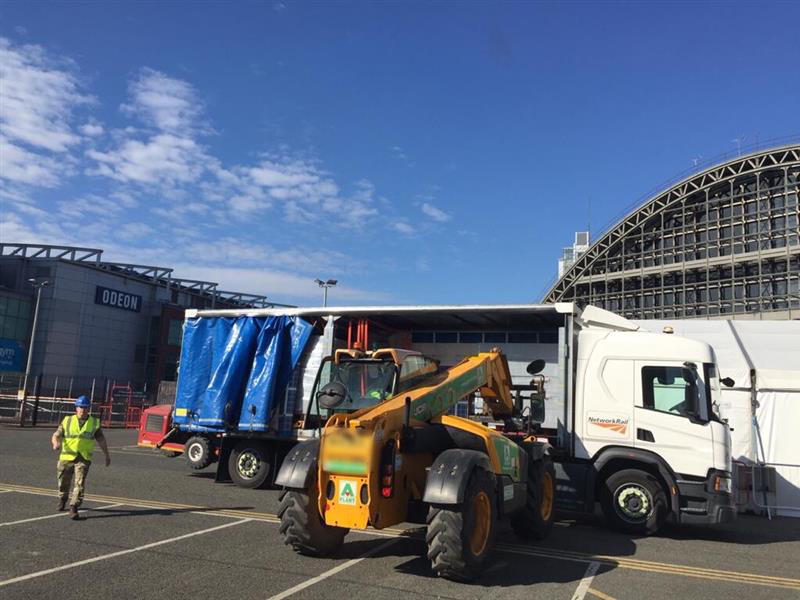
Network Rail provided logistics and project management expertise to help the opening of the NHS Nightingale Hospital North West.
Dozens of volunteers with specialisms in supply chain and logistics worked with the Army Reserve and National Health Service to get the hospital, which has capacity for up to 750 patients, open over the Easter weekend.
The volunteers helped unload, move and build hospital beds, ready for the arrival of the first coronavirus patients on Easter Sunday.
Read more:
Film: Discover the Network Rail archive
View from the archivist: the railway runs on historical information
Railway bridges, tunnels and viaducts today
